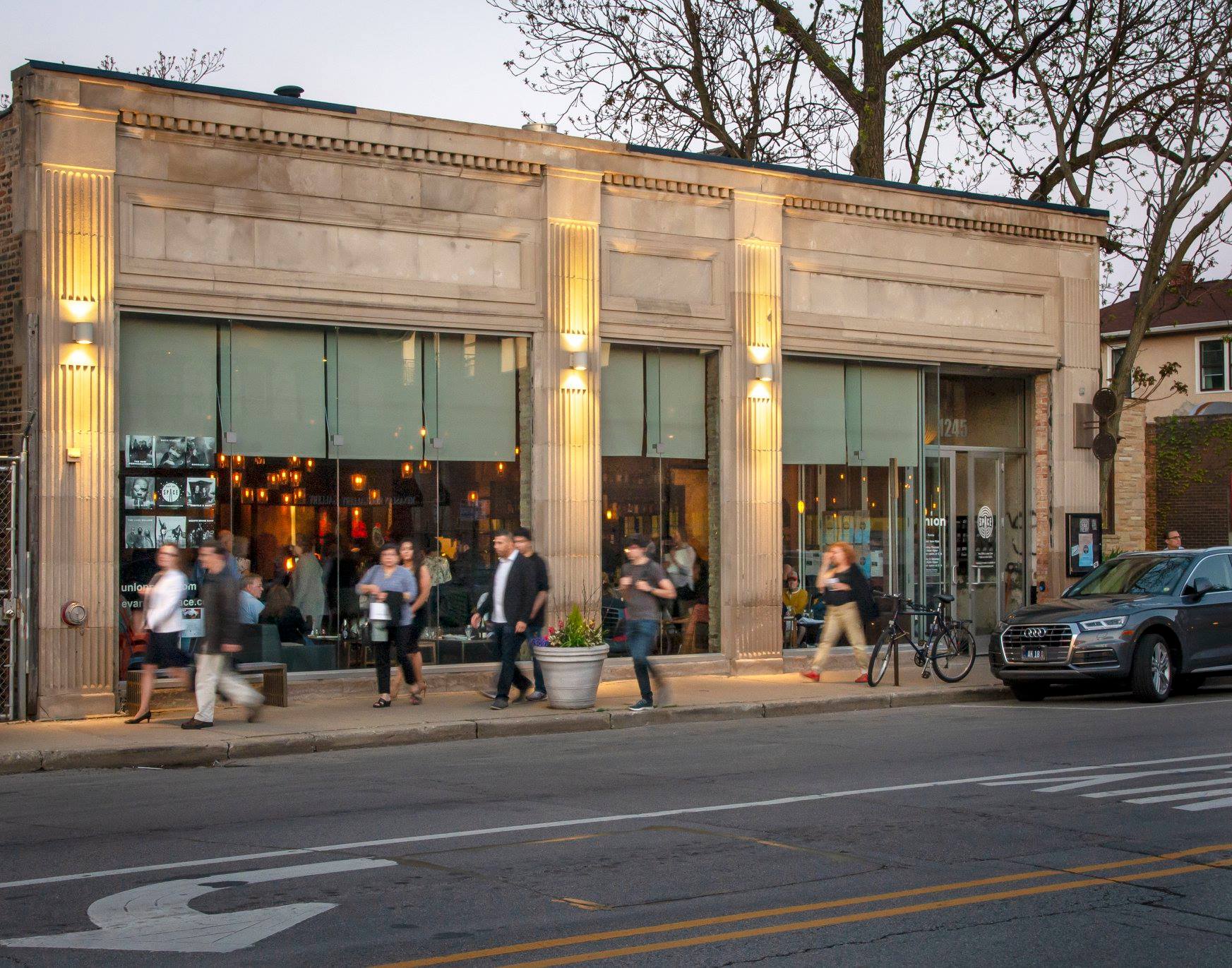12/03/2025, 07:30 PM CSTCursive
In the years since their 1995 formation, Cursive developed into one of the most important groups to emerge from the late-’90s/early ‘00s moment when the lines between indie rock and post-hardcore began blurring into something altogether new. Albums like Domestica (2000) and The Ugly Organ (2003) became essential touchstones whose echoes can still be heard in new bands today. The pull of nostalgia can be strong over time, but Cursive’s work has often felt like a rejection of those comfort zones; the band has continually pushed themselves, with Kasher’s artistic restlessness steering them ahead. In fact, for Kasher, whose pointed observations always begin with looking inward first, it was an interrogation of this voracious creativity that planted the seeds of Devourer.
“I am obsessive about consuming the arts,” he explains. “Music, film, literature. I’ve come to recognize that I devour all of these art forms then, in turn, create my own versions of these things and spew them out onto the world. It’s positive; you’re part of an ecosystem. But I quickly recognized that the term, ‘Devourer,’ may also embody something gnarly, sinister.” Devourer delves into that darker space. The characters populating the album have bottomless capacities for consumption, whether it’s resources, material goods, art, or even each other. Then they are consumed by larger forces, whether it’s humanity, Earth, dreams, time, or life itself.
Fans have come to expect such heady topics from Cursive, but Devourer sets a new standard. The glibness of the First World toward the problems of others. The eternal struggle to stay on the straight and narrow. The eager acolytes exploited by their leaders. How anxiety can compound with age. How self-expression can warp into self-indulgence. The album being filled to the brim thematically and musically is unsurprising considering Kasher wrote an astounding 69 compositions after songwriting began in the fall of 2020. About 20 made it to the practice space, with a curated 13 ending up on the final album. Wrangling it all at Omaha’s ARC Studios was Marc Jacob Hudson (Against Me!, Thursday, Fireworks), who co-produced Devourer with the band. The album sounds urgent and fresh, the work of a band still experimenting, still hungering to find new creative heights.
Cursive is the core trio of Kasher, bassist Matt Maginn, and guitarist/vocalist Ted Stevens, alongside: keyboardist and multi-instrumentalist Patrick Newbery; cellist Megan Siebe; and recording/touring drummer Pat Oakes and founding drummer Clint Schnase (who trade drumming duties across Devourer, but join forces on “Rookie”).

